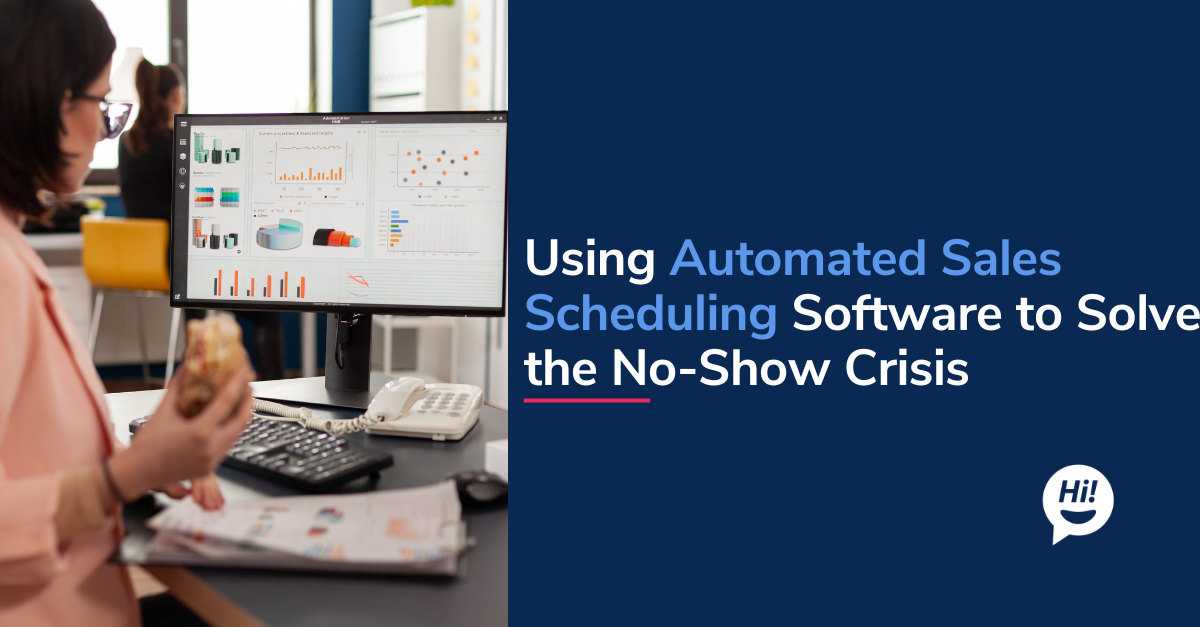There are various constrictions to the old ways that news and media would be shared. The traditional print publications cost far more than they bring in now because readers have found new ways to get the information.
There’s a move for news & media into the digital age and here’s a look at just how social media, websites, and more can help with the current constraints.
Getting Instant Feedback on Stories and Inclusions
When media focuses on the print publications, there is a void and lack of connection with the reader on the other end. How do you know that stories are being well-received? What interests your reader? Which articles do they glance and abandon vs which ones do they read and discuss? Do they agree or disagree about your stand and focus on a particular area?
Print media cannot get you the answers to these questions. You’re left with this lack of feedback communication. It’s not that people don’t want to communicate but that they do not have the time to respond with letter and email. Sure, some will make the effort, but the turn out numbers will be low.

When the news is digital, communication and feedback is so much easier. People will find your post on social media and can leave a comment on the post thread. They can reply in the comments sections on particular articles to let you know if they found it insightful, intriguing, or just a waste of their time. There are even chatbots that you can set up on the publication page, allowing people to get in touch with a customer service rep to discuss their thoughts on improvement and areas the love.
Even if they don’t give feedback, you can see the type of news that is being read and shared. Social media tracks the ‘likes’, ‘comments’, and ‘shares’. You can follow the engagement and determine which subject and topics people seem to be interested and are curious about. With websites, you can set up analytics to see which types of posts do better and where your visitors are coming from.
Getting the Content to Your Readers Instantly
Trying to get breaking news out to your readers was once near impossible. It would require TV stations and radio stations to do the breaking part and print publications would be left picking up the tail end of interest.
When it comes to the digital age, news & media companies find it much easier to share the breaking news. It takes just minutes to write a piece and then publish on the website. The content can then quickly get pushed through social media and breaking news apps to make sure readers are alerted instantly.
With the help of iPhones, iPads, and other portable devices, individuals get the news pushed straight to them. There’s no need for them to open up an app if they don’t want. You can ask them permission to push the news like a text message, so they are alerted instantly.
This improves reader retention and engagement. People get exactly what they need right away. They’re alerted to a change of travel plans, safety warnings, and much more.
Setting Up Subscriptions to Publications
Once upon a time, setting up subscriptions would cost a fortune. Readers would need to spend a certain amount of money just to make sure they kept up to date with the news, while the publications then had to pay a percentage to the subscription service. There are delivery fees and print fees involved with print publications.
Online subscription services are often free or just cost pennies. Users also get the option to sign up in various ways that will suit them. They don’t need to wait for the print publication to reach their door. They can opt for an email newsletter on a daily basis or sign up for the digital magazine on their iBooks bookshelf. Others will sign up to a publication-named app, and others will set up alerts for their social media channels.
More choice helps to improve retention. People are also more likely to read the news, because they haven’t got it from the TV or radio first.
These channels cost you as the publication less. While email services will cost a little, they are a fraction of the cost of the print subscription services. You’ll gain more from any subscription fee that you offer and you can allow free services and get money through other digital means.
The digital age has opened the world for news & media. The likes of social media, phone apps, and more have made news more accessible and easier to find. You will gain more retention and loyalty, as people get to share their thoughts with you right away.
To learn more about Botsplash click the button below to schedule a demo with our team.







